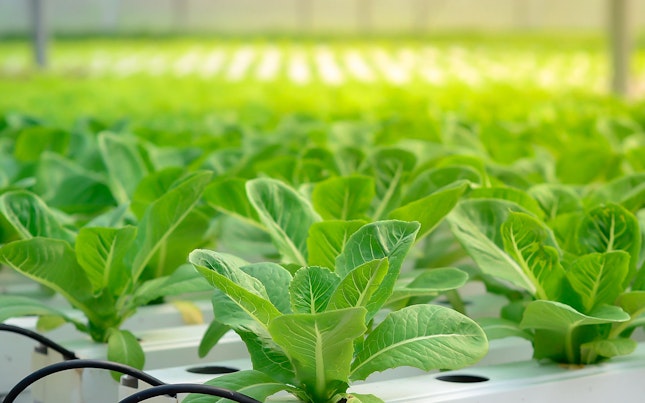Your customers need to know that the food they eat, the medicines, cosmetic and hygiene products they use are safe and will not harm them.
To meet this demand you need to be able to demonstrate the safety, quality, sustainability, authenticity, and efficacy of your products. At SGS, we offer the widest range of testing, inspection and certification solutions for the crop science, food, health science and cosmetics & hygiene industries.
Looking for something specific?
Search within Health & Nutrition
We have the ability to adapt and respond quickly to your requirements, supporting you to move your products to market safely and efficiently. Our global network of experts works with the latest technologies and digital tools to keep you at the cutting edge of innovation. We can help you meet the most stringent standards throughout the supply chain and the product development cycle, while protecting your brand and building consumer trust and loyalty.
Related Links
Jurija Gagarina 7b,
, 11070,
Belgrade, Serbia



